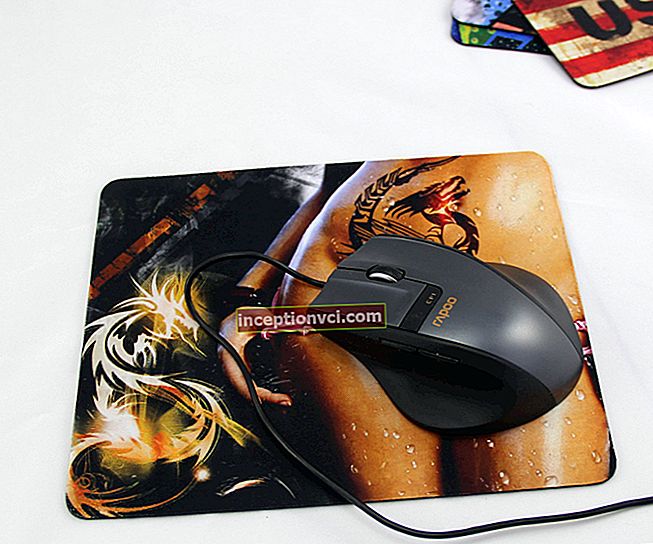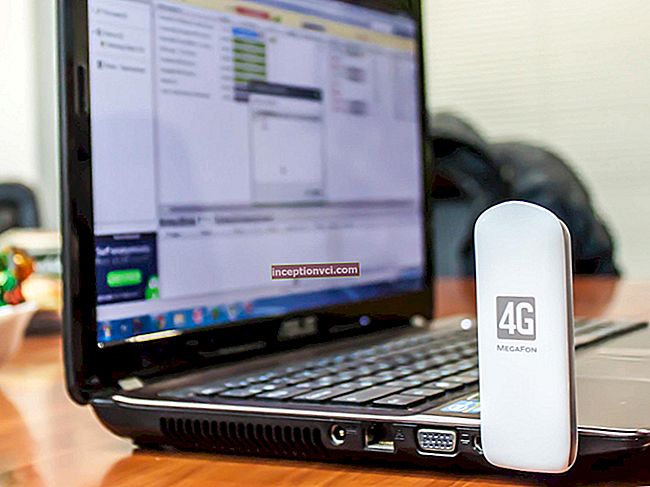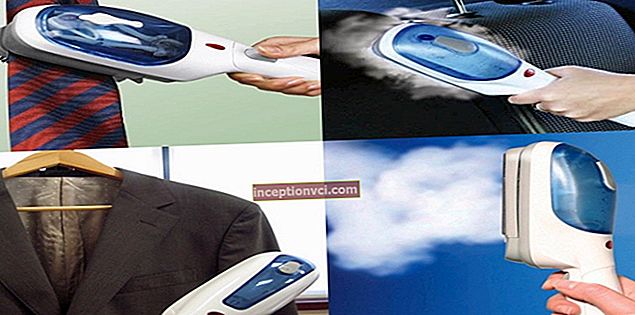How to format a USB flash drive correctly on Windows 10, 8, 7
- Insert it into your computer or laptop.
- Go to Explorer by pressing the Win and E keys at the same time. This method works in any Windows system.
 Alternative method for Windows 7 and 8: double-click the left mouse button on the "My Computer" icon on the desktop. For Windows 10 - one left-click on the yellow folder icon on the taskbar at the bottom of the desktop.
Alternative method for Windows 7 and 8: double-click the left mouse button on the "My Computer" icon on the desktop. For Windows 10 - one left-click on the yellow folder icon on the taskbar at the bottom of the desktop. - Explorer will show all drives on your computer, including your flash drive. You will recognize it either by its name or by the amount of memory. It will always be slightly less than the declared one - this is the peculiarity of the memory reading by the system. Or because the system indicates it as removable. Click on it with the right mouse button.

- In the menu that opens, select "Format ..."

- The formatting options window will appear. Select the NTFS file system and the cluster size (allocation units) 4096 bytes. Formatting to NTFS is necessary in order for the disk to support files larger than 4 GB. Write down any disc title you like. If you suspect that there are viruses on the flash drive, uncheck the quick format box. The memory will be cleared at a deep level.

- Click "Start", agree to the destruction of all data and wait until the end of the process.
- Close the formatting options window.
How to format a write-protected USB flash drive
How to format a USB flash drive if it is not formatted? You can do this on your own if the problem is related to damage to the media file system. If the hardware is damaged, then only an electronics specialist can help. The catch is that the only way to distinguish one case from another is by elimination. Further - several methods of program "treatment".
Method 1: use a dedicated utility
For a situation where the computer does not see the USB flash drive, disk manufacturers release various programs that restore the file system. For example silicon-power.

It can be used for all brands of discs. Download, run and do what the program asks for. Before that, leave only the problematic USB flash drive in the computer.
Method 2: change the registry key
If the disk is visible in Explorer, but writing and formatting is not possible, changing the corresponding registry key often helps:
- Press the Win and R keys together.

- The "Run" window will appear - enter regedit in it, click OK.

- The Registry Editor will open. Go to the following path: -> HKEY_LOCAL_MACHINE -> SYSTEM -> CurrentControlSet -> Control -> StorageDevicePolicies.
- In the StorageDevicePolicies section, double-click on WriteProtect - a window for changing the QWORD or DWORD parameter will appear.
- Enter 0 instead of 1 and click OK.
- Close Registry Editor.
If there is no StorageDevicePolicies section, create it:
- Right click on the Control folder.
- In the menu that appears, select "New" → "Section".

- Name the new section StorageDevicePolicies and press Enter.
- Inside the StorageDevicePolicies folder, right-click on an empty space, click "New" → "QWORD / DWORD Parameter", depending on the bitness of your system.

- Name the new parameter WriteProtect.
- Open it and assign the value 0.

Watch the video tutorial on how to reformat a USB flash drive
How to format a USB flash drive on your phone
How to format a USB flash drive on Android.
- Go to "Settings".
- Open the "Memory" or "Storage" section.
- In the section, tap the SD card.
- Tap "Memory" in the map menu.
- Next, "Format" → "Clear and Format".
Watch the video how to format a usb flash drive on Android (Android)









